The first-ranked Bui Huu Nghia, whose courtesy name was Nghi Chi, and whose pen name was Lieu Lam, was born in the year of the Cat (1807), the sixth year of the Gia Long era, in Binh Thuy village, Vinh Dinh district (now Can Tho city ). Everyone can easily look up the basic information about the biography of the first-ranked Nghia. But the problem is: are we reading his name correctly?
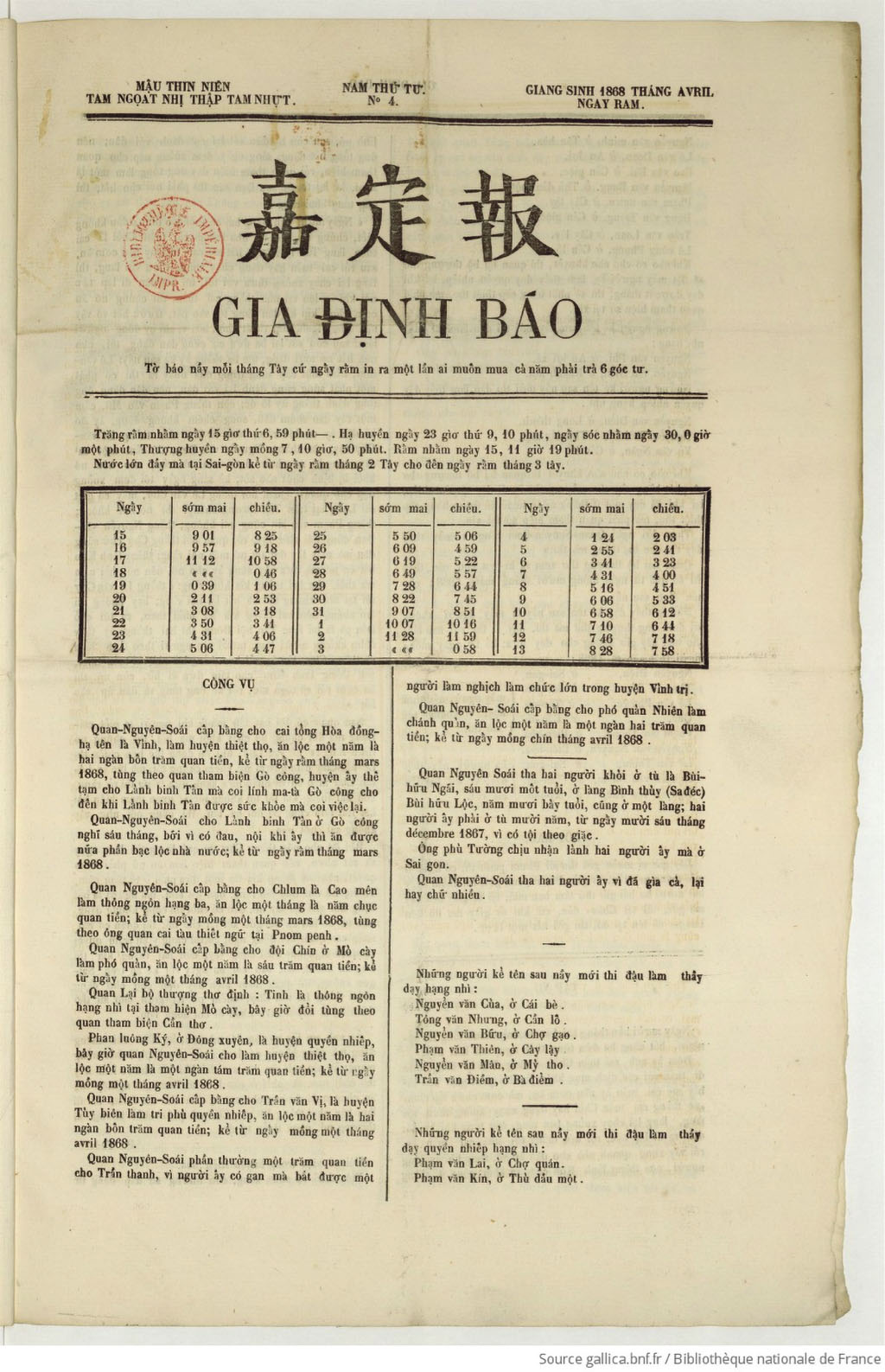
Gia Dinh newspaper in 1868 published about the French colonialists releasing Bui Huu Ngai.
Vietnamese historical documents during the feudal period were written in Chinese characters. A Chinese character often had many pronunciations, for example: Huynh - Hoang, Phuc - Phuoc, Vu - Vo, Chu - Chau, An - Yen, Binh - Bang... Chinese characters are pictographic characters, when converted to Quoc Ngu, which is a phonetic script, there will obviously be a certain difference. Translators can only follow their hearts, or come up with certain rules by choosing pronunciations according to regions. For example, the name of the wife of the mandarin Thuong Cong Le Van Duyet, was recorded in history as 杜氏忿, and transcribed as Do Thi Phan. However, the members of the Board of Trustees in the book Commemorating the 200th Anniversary of the Birth of Duc Ta Quan and the 50th Anniversary of the Establishment of the Thuong Cong Quy Te Association published in 1964, advocated that it should be read in the Southern accent as "Do Thi Phan". Furthermore, during the Tay Son period, there was an Admiral named 鄧進暕, but historians debated whether it should be transcribed as the descendants of that family called him "Dang Tien Dong", or as the dictionary calls him "Dang Tien Gian". The name of Dang Tien Dong street today is according to the way the Dang family calls him. The predecessors proposed it, so we only know it like that, but there is no way to distinguish it.
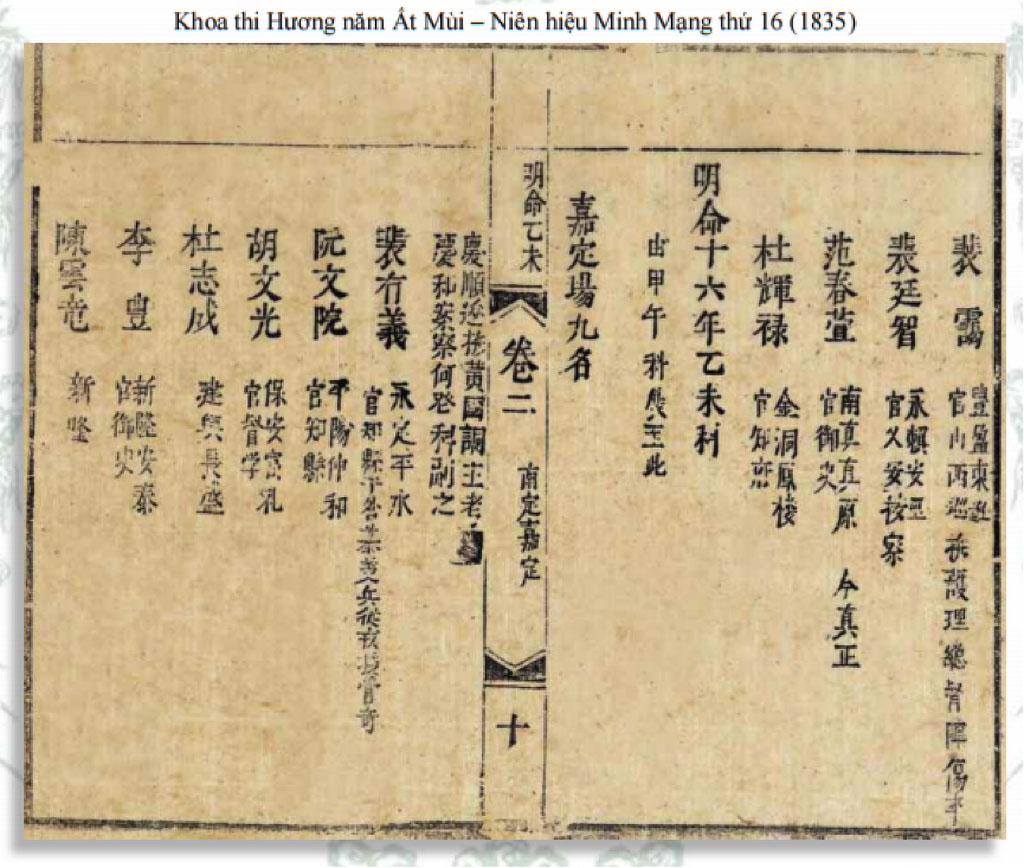
The National Dynasty's Records of the First Doctor
Fortunately, around the 17th century and later, documents written in the national language began to appear. Thanks to that, we know the pronunciation of some names of people and places at that time, so we can choose which pronunciation is correct. For example, the name of the prefecture 長安 in ancient Ninh Binh , according to the dictionary, is read as Truong An prefecture. Translators of historical documents often read it as Truong Yen prefecture. But based on the list of place names written by Bento Thien in 1653, that prefecture should be called Trang An prefecture. Also, the name of the province 潘安, which is often translated as Phien An in historical books today, is recorded in the dictionary of priest Taberd printed in 1838 as well as in the An Nam Dai Quoc Hoa Do attached to that book, it is recorded as Phan Yen. Many European newspapers published in those years also read it as Phan Yen. But the name of the province 安江 at the same time, the above-mentioned sources read it as An Giang . With the same word 安, in the same area of the six provinces of Cochinchina, sometimes it is read as An, sometimes it is read as Yen.
The first-ranking scholar Bui Huu Nghia is also such a case. The National Dynasty's Records of the Examinations for the Examinations recorded his Chinese name as 裴有義, transliterated as Bui Huu Nghia. But the Ca Tru The Cach by Paulus Cua printed in 1907 recorded the poem "The First-ranking Scholar Ngai's Worshiping Wife". In the series of articles in the newspaper Lu Thu Van Dap Hi Su in 1921, when mentioning the author of the play Kim Thach Ky Duyen , Nguyen Kim Dinh also called him "First-ranking Scholar Ngai". Southerners have the habit of reading the word Nghia as the word Ngai. The first-ranking scholar was born during the Gia Long period and died during the Tu Duc period, so his name should be read as Bui Huu Ngai.
Today we still have a document that helps clarify this issue. The Gia Dinh newspaper published on April 15, 1868 published the news: "The Marshal released two people from prison, Bui Huu Ngai, sixty-one years old, from Binh Thuy village (Sa Dec), Bui Huu Loc, fifty-seven years old, also from the same village". It is not difficult to recognize that Bui Huu Ngai, sixty-one years old (born in 1807) from Binh Thuy village (at that time belonging to Sa Dec district) is the valedictorian Bui Huu Nghia. This is a rare and very valuable document, helping us know what to call him by his correct name.
We do not know since when people changed to calling him Bui Huu Nghia. Since 1909, Nguyen Lien Phong printed the book Nam Ky phong tuc nhon vat dien ca and called him Bui Huu Nghia. In 1936, in Tan Van newspaper, there was an article by Phan Van Thiet interviewing the brother-in-law of Thu Khoa. This brother-in-law claimed to be Luu Van Tau, 69 years old (born in 1867), at that time living on a boat moored in a ditch near Nga Tu bridge, Cho Moi, Binh Thuy. In the article describing the interview, Phan Van Thiet and Luu Van Tau both called him Bui Huu Nghia. What is still puzzling is that Mr. Luu Van Tau claimed: "When you were in Tinh Bien, I was still very young, I didn't know anything... After you returned to Binh Thuy (Thuy - NV ) for a while, I was 14-15 years old (age - NV ), when I followed you to study". However, if it is true that Luu Van Tau was 69 years old that year, then when the first-ranked scholar returned to Binh Thuy, he was only 1-2 years old. When the first-ranked scholar was in Tinh Bien, Luu Van Tau had not yet been born. When the first-ranked scholar passed away (1872), Luu Van Tau was only 5 years old. From then on, few people would mention the first-ranked scholar's name. (to be continued)
Source link


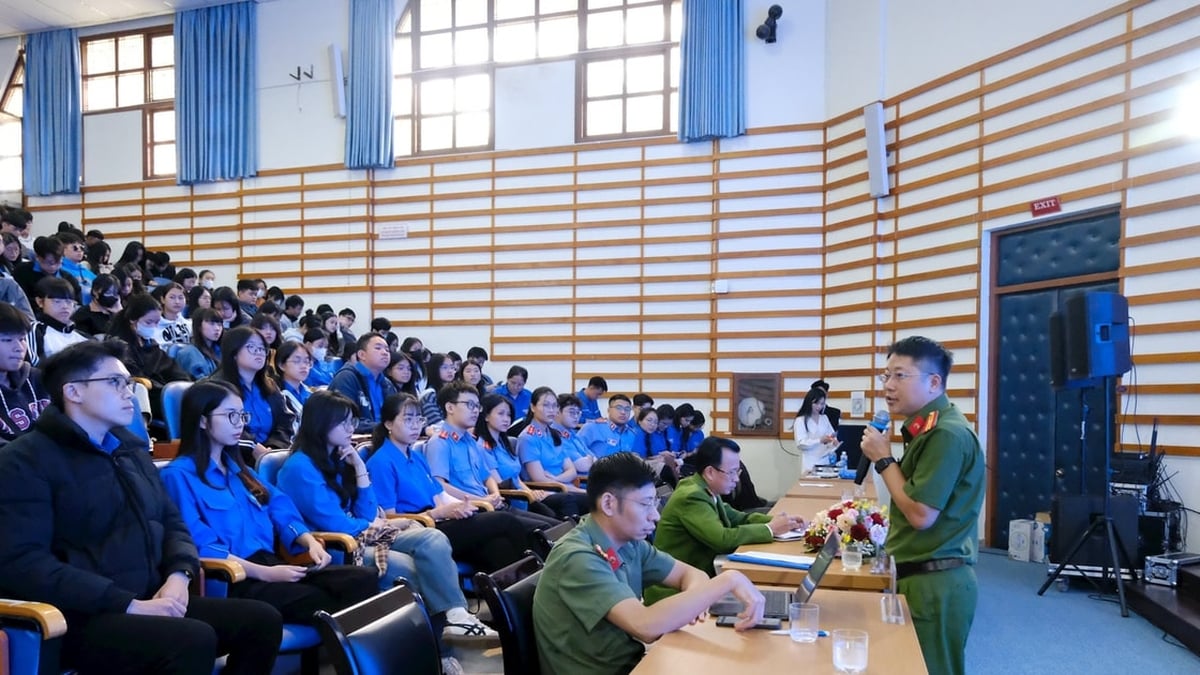


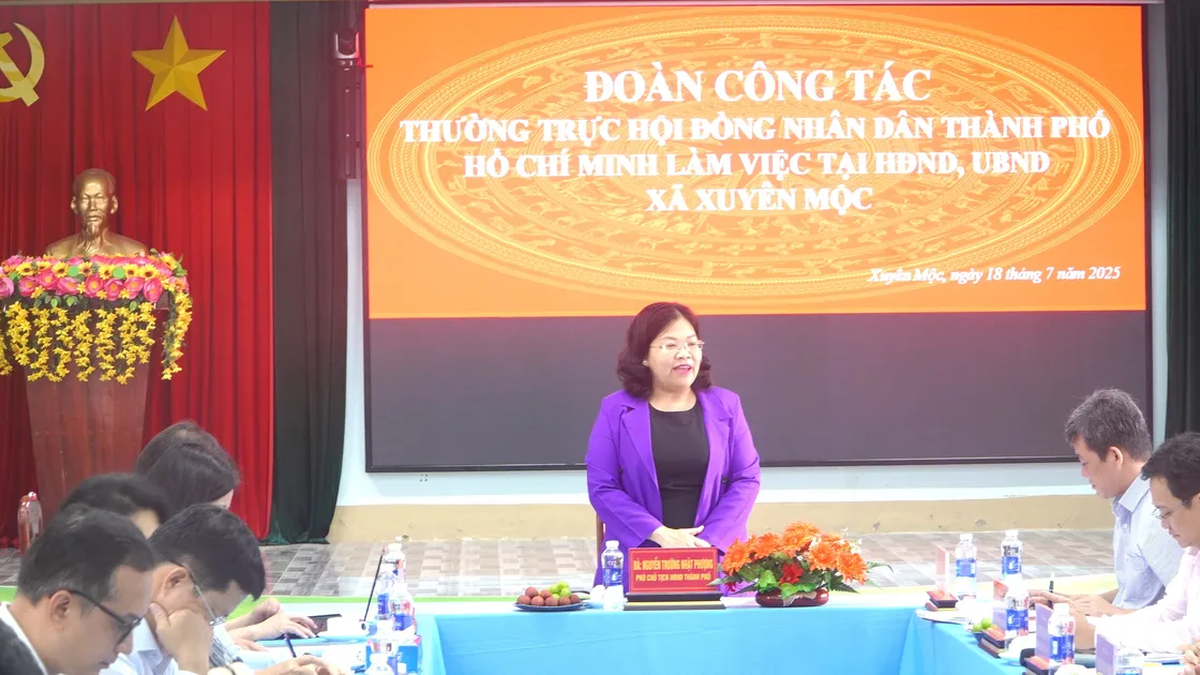
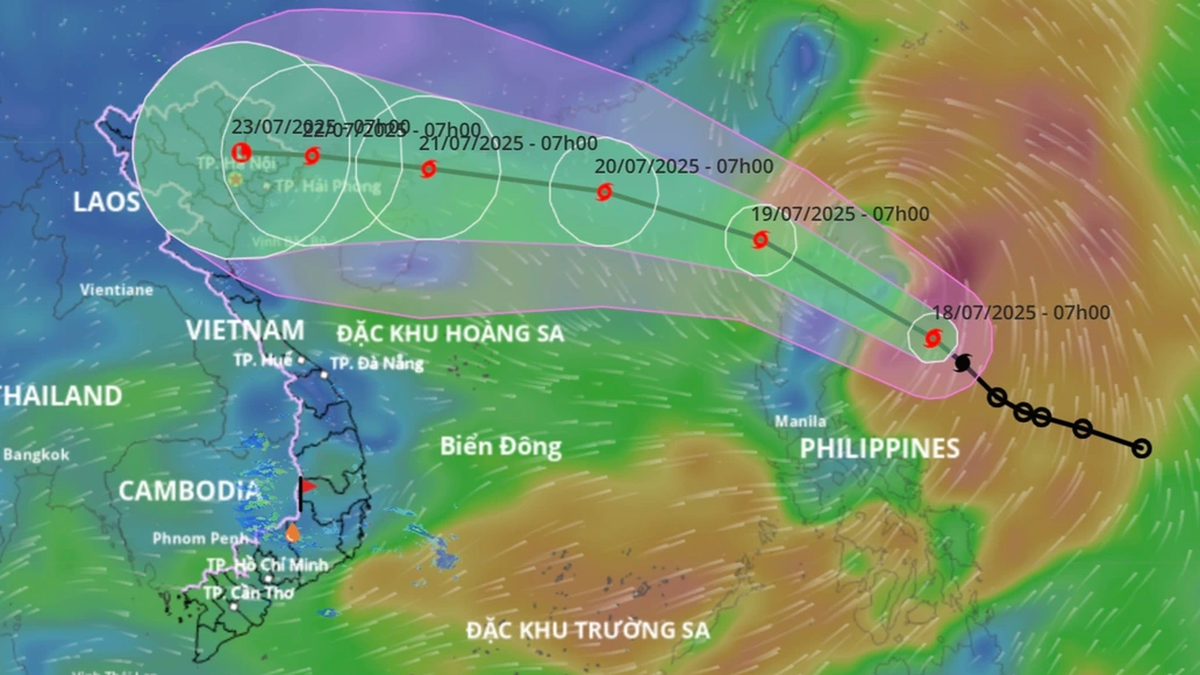




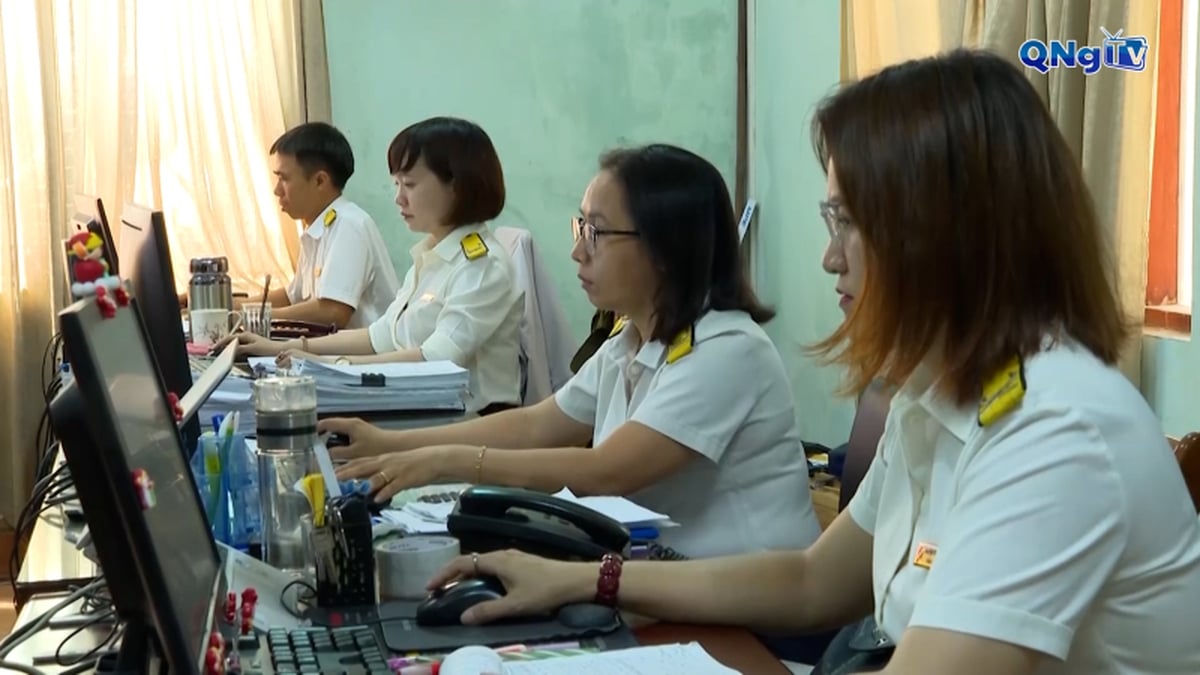



























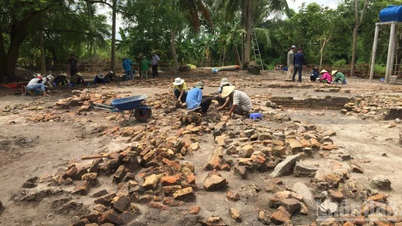
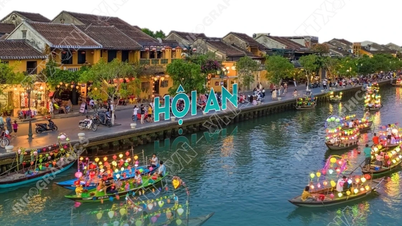



















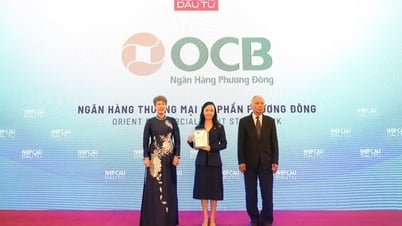





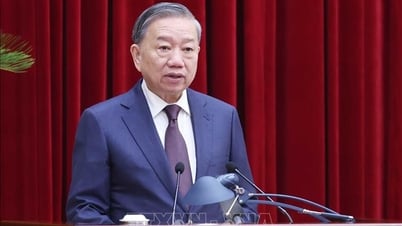

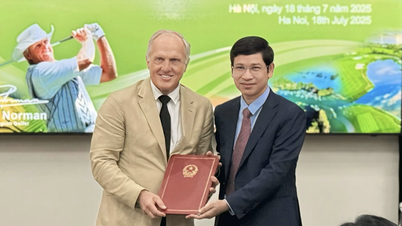

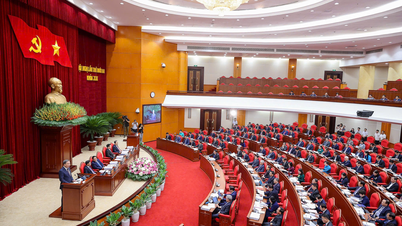























![[Infographic] In 2025, 47 products will achieve national OCOP](https://vphoto.vietnam.vn/thumb/402x226/vietnam/resource/IMAGE/2025/7/16/5d672398b0744db3ab920e05db8e5b7d)







Comment (0)